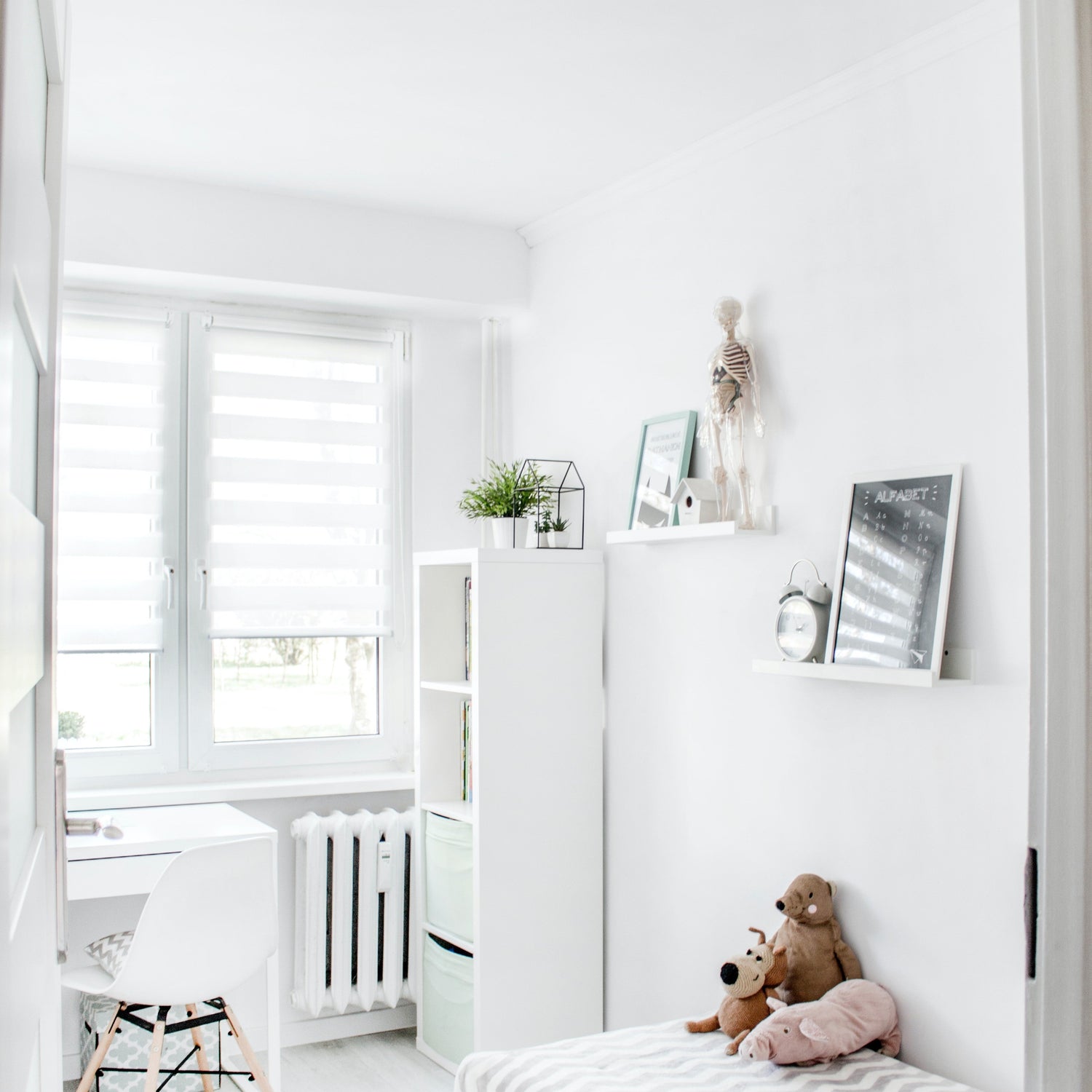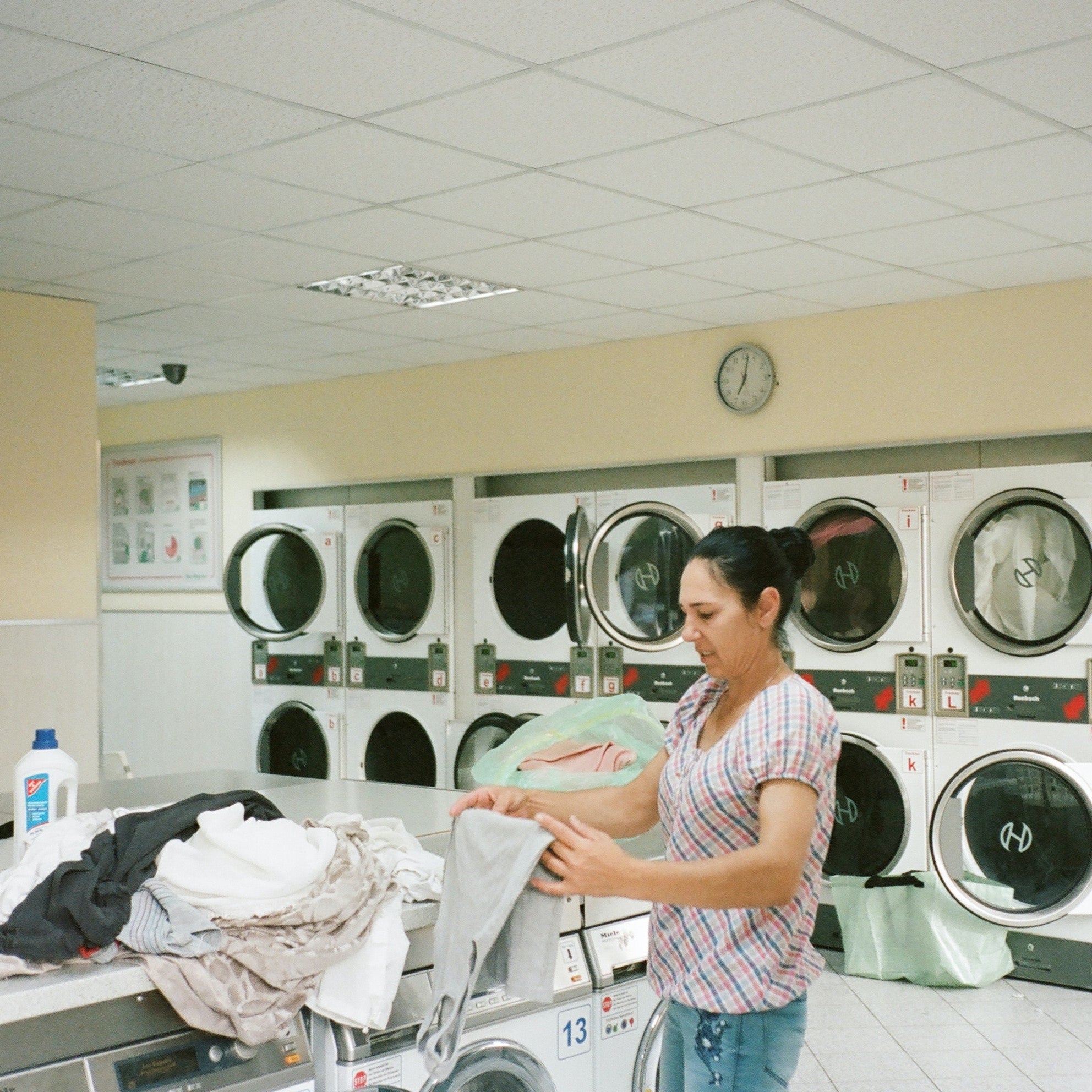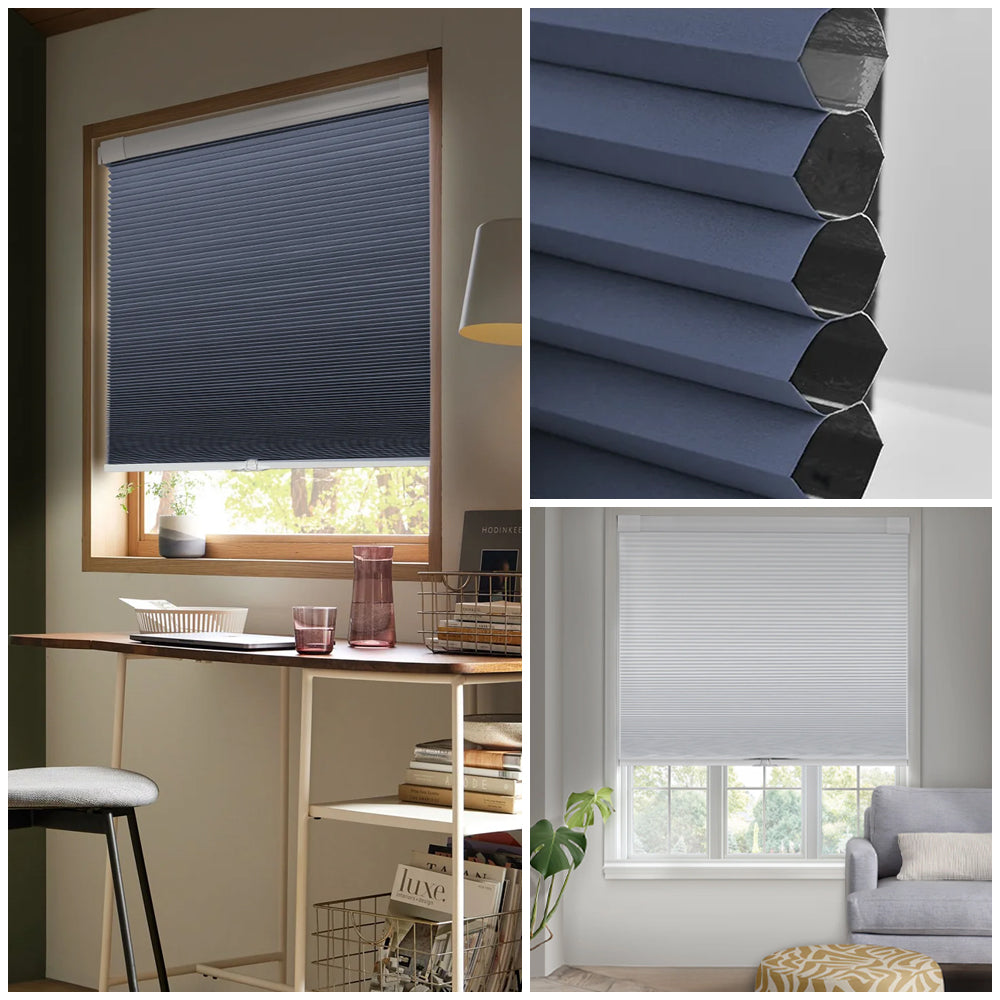When it comes to energy efficiency and keeping your home comfortable year-round, windows play a big role. Choosing the right window coverings can help you save on heating and cooling costs by reducing heat loss and gain. One of the key factors to consider when selecting energy-efficient window treatments is insulation. Cellular shades and Roman shades are the best window blinds for insulation, which are known for their insulating properties. Both styles utilize trapped air to help block out cold air in the winter and heat in the summer. In this article, we'll take a closer look at how cellular shades and Roman shades work to keep your home comfortable and energy-efficient.
Both cellular shades and Roman shades are popular choices for insulating window coverings. But let us talk about each of the best window blinds for insulation seperately.
Cellular Shades
Cellular shades are made up of two or more layers of honeycomb-shaped cells, which trap air and create a barrier between the window and the room. The trapped air acts as an insulator, preventing heat from escaping during cold weather and keeping out the heat during warm weather. This design also helps to reduce outside noise and provide privacy making them a strong contestor for best window blinds for insulation. The more layers of cells a cellular shade has, the better its insulating properties will be.
Roman Shades
Roman shades, on the other hand, are made from a single piece of fabric that is lifted and lowered using a cord system. They are typically lined with a thick, insulating material such as thermal or blackout lining. The thickness of the lining helps to trap air and create an insulating barrier between the window and the room. This not only helps to regulate the temperature of the room, but it also provides additional privacy and noise reduction. Best window blinds for insulation seem always to work with trapped air, but why?
How does trapped air help with Insulation?
Air is a poor conductor of heat. When air is trapped in a confined space, such as within the cells of cellular shades or the folds of roman shades, it becomes difficult for heat to pass through it. This creates a barrier between the cold air outside and the warm air inside, which helps to regulate the temperature within a room. The trapped air essentially acts as an insulator, slowing down the transfer of heat through the window and preventing cold drafts from entering the room. This is why cellular and roman shades are often recommended for their insulating properties, as they are able to effectively trap air and improve the energy efficiency of a home.
Conclusion
Both cellular shades and Roman shades offer excellent insulation properties, making them Best window blinds for insulation and energy-efficient homes. However, cellular shades are typically more effective at blocking drafts and reducing heat loss than Roman shades. This is because the honeycomb design of cellular shades creates more layers of air pockets, which provides a higher level of insulation. Roman shades, on the other hand, are better at blocking light and providing privacy.
In terms of installation, both best window blinds for insulation, cellular shades and Roman shades can be mounted inside or outside the window frame. However, cellular shades are generally more versatile in terms of mounting options, as they can be mounted in a variety of ways, including top-down, bottom-up, and cordless. Roman shades are typically mounted using brackets that attach to the window frame.
Overall, both cellular shades and Roman shades are great options for insulating window coverings. The choice between the two comes down to personal preference and the specific needs of the room. If energy efficiency is a top priority, cellular shades are generally the best window blinds for insulation. However, if light control and privacy are more important, Roman shades may be the better option.




Leave a comment
All comments are moderated before being published.
This site is protected by hCaptcha and the hCaptcha Privacy Policy and Terms of Service apply.